Subphylum Vertebrata Suborder Serpentes Scientific name Elaphe bairdi Rank Species | Phylum Chordata Higher classification Elaphe | |
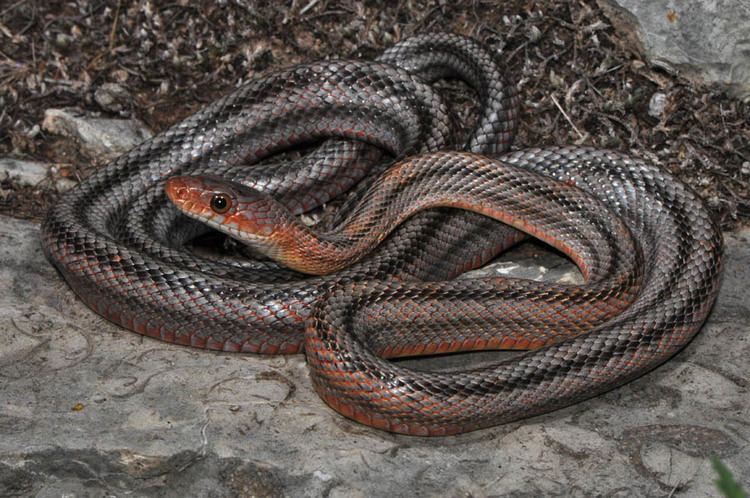 | ||
Similar Snake, Reptile, Elaphe, Pantherophis emoryi, Trans‑Pecos rat snake | ||
Pantherophis bairdi is a harmless colubrid snake species endemic to the southwestern United States and adjacent northeastern Mexico. No subspecies are currently recognized.
Contents
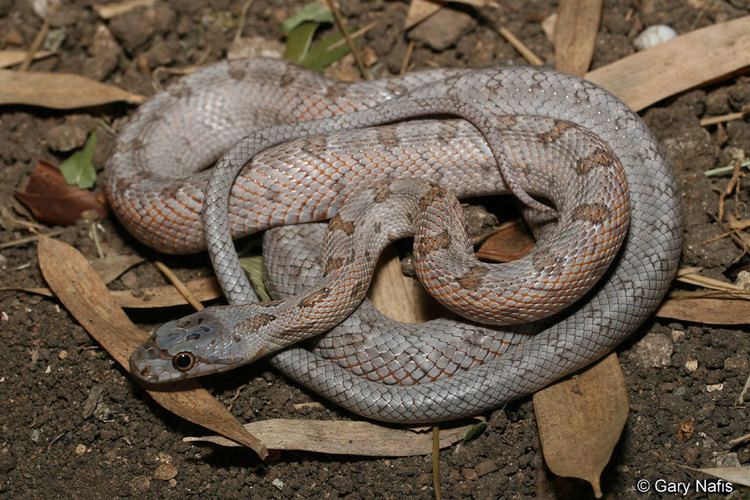
Geographic range
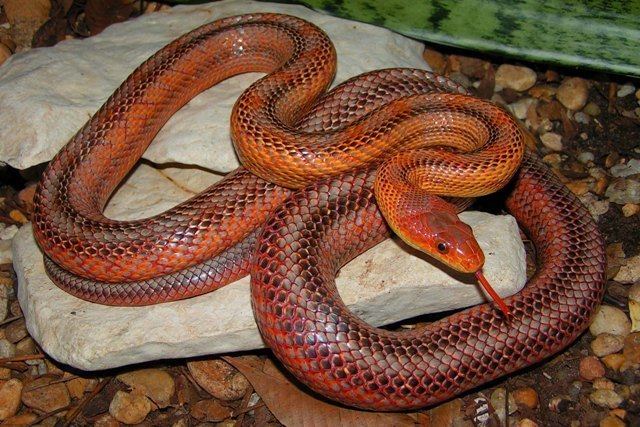
It is found in the United States in the Big Bend region of western Texas, as well as in northern Mexico in the Mexican states of Coahuila, Nuevo León, and Tamaulipas.
Etymology
The species was named in honor of the American zoologist Spencer Fullerton Baird.
Description
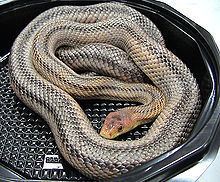
Adults can reach 64 to 140 cm (25 to 55 in) in total length (body + tail). The dorsal color pattern consists of an orange-yellow to bright yellow, or a darker salmon ground color, overlaid with four stripes that run from the neck to the tail. The belly is generally gray to yellow, darkening near the tail.
Diet
The primary diet consists of rodents, although they will also prey on birds. Juveniles often eat lizards.
Behavior
They are typically more pleasantly tempered than other rat snake species.
Reproduction
They are oviparous, laying a clutch of up to 10 eggs that take about 3 months to hatch.
Habitat
P. bairdi prefers semi-arid, rocky habitats.
Common names
Baird's rat snake, Baird's ratsnake, Baird's pilot snake, Baird's Coluber, Great Bend rat snake.
Taxonomy
Pantherophis bairdi has sometimes been considered a subspecies of Pantherophis obsoletus, to which it is closely related.
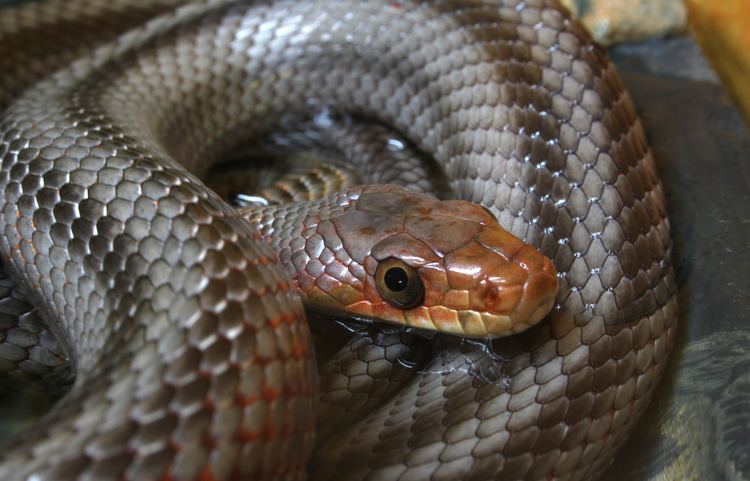
This species has often been placed in the genus Elaphe, but recent phylogenetic analyses have resulted in its transfer to Pantherophis.
